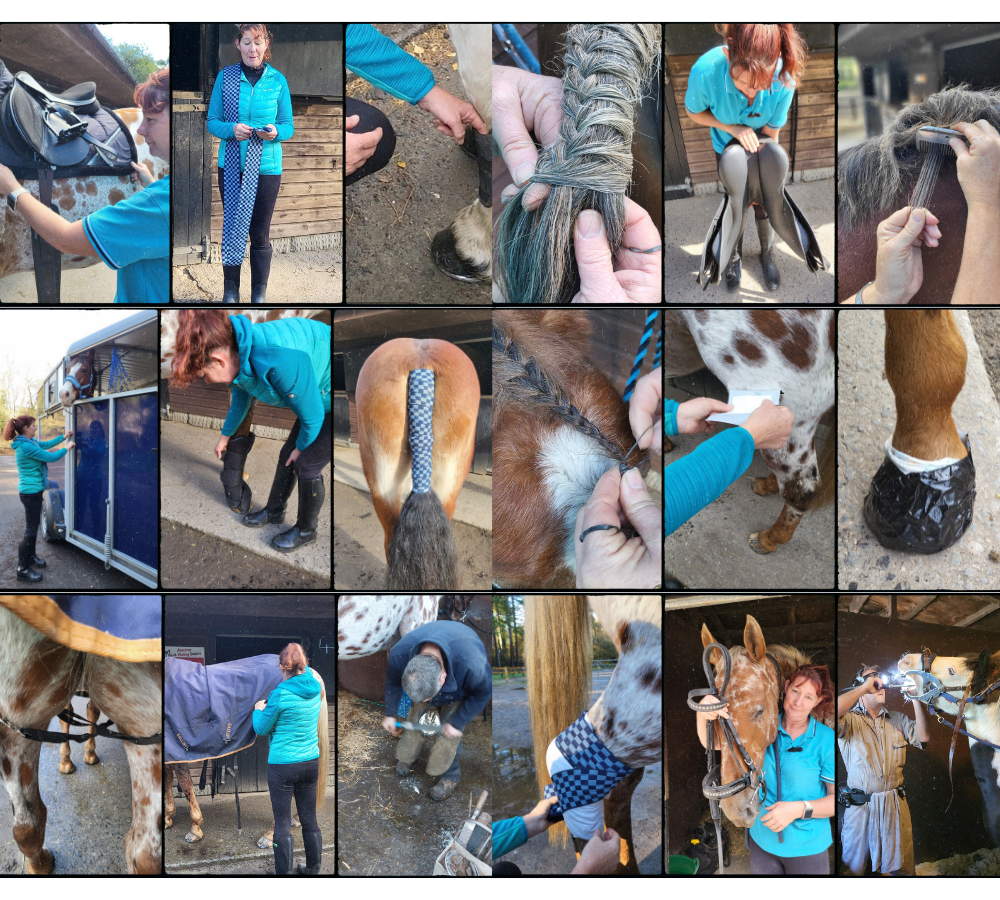Through their posture, motions, and body language, horses are continuously “talking” to humans. It can be challenging for the average person to read their body language. It will also take years to fully understand how your horse is trying to communicate with you.
The best alternative is to choose one of the equine care courses online. At Horse Care And Connection, I can teach you exactly what your horse is trying to tell you. Here are some of the basics.
Horse’s Ears
The position of a horse’s ears can reveal a lot about its emotions and focus. Pointing forward indicates alertness, interest, or focus on something specific. When one ear is cocked back, the horse is paying attention to the rider and is aware of things behind or beside it. Both ears tilted back show concentration on the rider or something behind them, or interest in something while still monitoring the surroundings.
On the other hand, side-shifted ears signify complete ease, drowsiness, or focus, while twitching ears indicate anxiety, apprehension, or a loss of composure.
Nostrils
The nostrils also provide clues about a horse’s state of mind. Flaring nostrils may indicate hard work requiring extra oxygen, attentiveness, fear, excitement, or intrigue. Conversely, pinched nostrils suggest agitation or annoyance, often a signal for someone or something to stop bothering them.
Oral Cavity
The horse’s muzzle can reflect its mood. A droopy or relaxed muzzle signifies relaxation or drowsiness, while a tight muzzle indicates annoyance or serves as a warning. Licking lips can demonstrate obedience, hunger, relaxation, or attentiveness. Biting and nuzzling are often signs of affection, relaxation, and attempts to bond with you or another horse. A light nip might indicate playfulness or reluctance to perform a task while biting shows dominance, fear, or aggression. Biting in the air can be a sign of anxiety or a warning of potential aggression.
Head Movements
The position and movement of the head are equally important. A lowered head might mean contentment and relaxation, but if it is extremely low, it could indicate depression. A raised head signals alertness or focus, while an outstretched head may show curiosity or a desire to touch something cautiously. If accompanied by pinned-back ears, it could also indicate a warning or intent to bite.
Even though each horse is different, you may learn some basic body language indicators to help you communicate with your horse more effectively. Gaining an understanding of these cues will improve your ability to read their wants and feelings and improve your relationship with them.
My equine care courses online will be of help if you want to properly communicate with your horse. Reach out now.

